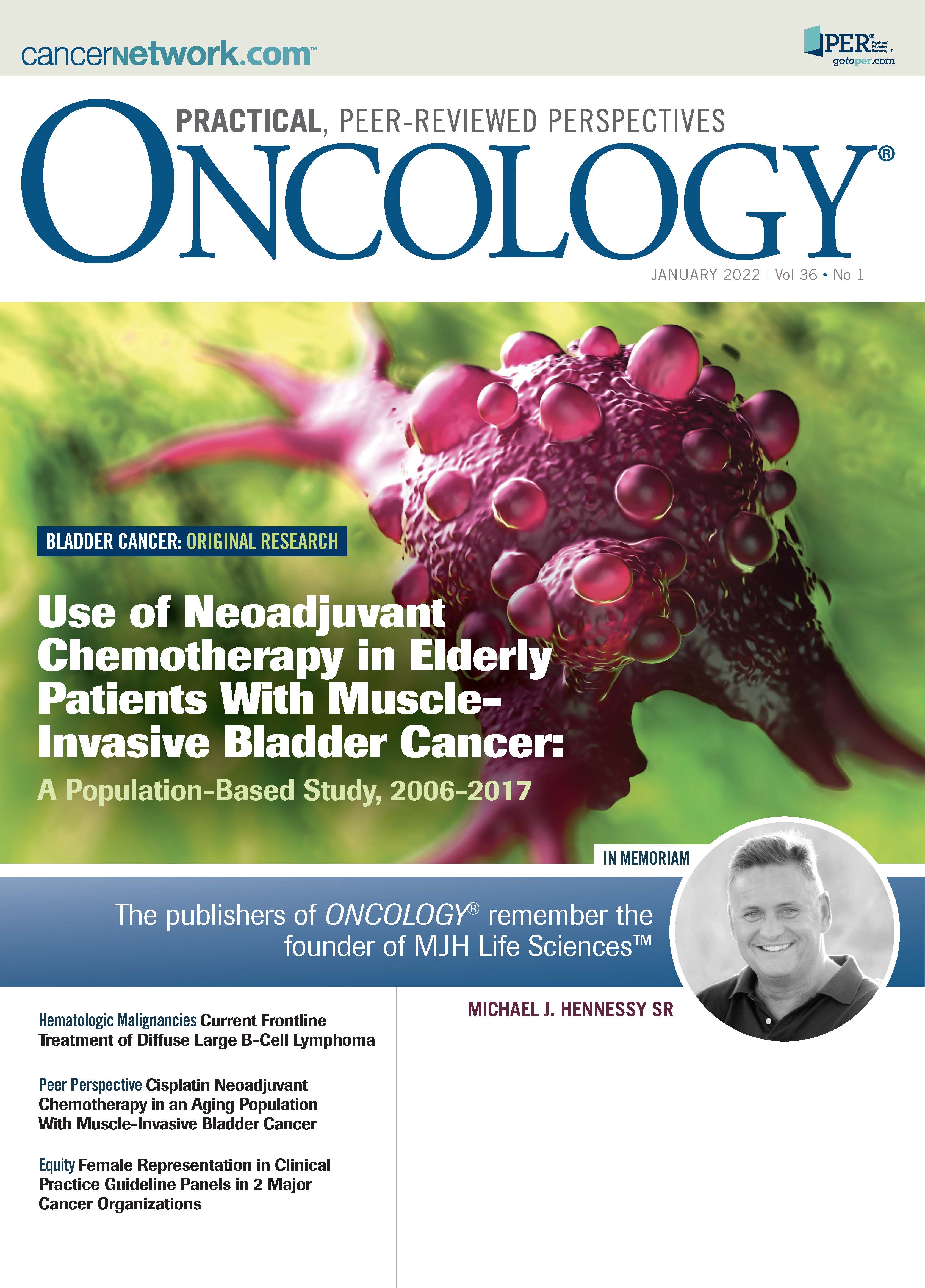Looking Ahead: What’s Next for Hematology/Oncology in 2022?
ONCOLOGY co-editor-in-chief Julie M. Vose, MD, MBA, anticipates how COVID-19 will continue to impact the oncology field.
We are coming up on almost 2 years of treating our immunocompromised patients in hematology/oncology while trying to keep them safe from COVID-19 infections. At the same time, new treatments need to be studied in clinical trials to bring novel agents to our patients. However, because of the pandemic, many centers are experiencing staffing shortages in their clinical trial offices, leading to longer times for opening trials and, in some cases, halting new enrollments. Unfortunately, cancer does not take a COVID-19 break, and new cancer treatments are a necessity for many of our patients. We need to learn to streamline the process to avoid inefficiencies and unnecessary red tape to get valuable clinical trials open and available to our patients.
Fortunately, new weapons are becoming available to provide some protection for our immunocompromised patients. Tixagevimab in combination with cilgavimab (Evusheld) is a new SARS-CoV-2 spike protein–directed attachment inhibitor that has gained emergency use authorization for individuals who are moderately to severely immunocompromised because of immunosuppressive medications or treatments and may not mount an adequate immune response to COVID-19 vaccination. Our patients who might be eligible and benefit from this treatment include patients receiving active treatments for solid tumors or hematologic malignancies, patients who received hematopoietic stem cell transplant (<2 years pos transplant or on immunosuppressive drugs), those after treatment with chimeric antigen receptor T-cell transplant, and those on high-dose steroids or other immunosuppressive agents. Clinical trials of this monoclonal antibody combination showed a reduction in symptomatic SARS-CoV-2 illness as well as severe illness or death in the treatment arm. Doses may be repeated every 6 months. There will likely be more eligible patients than available drugs—at least to start with—so patients will need to be prioritized based on risk. We hope this and other similar treatments will be a game changer for our vulnerable patients. With new variants, prevention and treatments will need to be modified.
The availability of telemedicine for our patients has also been an excellent support system during the pandemic. Now that the health emergency has officially stopped, these emergency measures that allowed telehealth video visits across state lines has now expired. This is still a very valuable tool for selected patient populations that live long distances from the cancer center. There appears to be some movement at the national level to continue to support telehealth video visits across state lines. Hopefully, this will pass the hurdles and be available to our patients to prevent long and unnecessary travels.
Professional meetings remain a bit of a dilemma under the current environment. Although virtual meetings have, to some degree, revolutionized the world we live in during the pandemic, they often can’t totally replace in-person interactions. When the threat of COVID-19 became a bit less severe at times, some conference organizers have attempted a hybrid conference with some in-person attendees and presenters and some attending virtually. This takes a high degree of logistical and technical skill to pull off a hybrid meeting. Those personal interactions and behind-the-scenes meetings are so important to professional development at all levels and, unfortunately, cannot be totally replaced with a virtual platform. But we must remain safe for ourselves, our families, and our patients who rely on us every day for important treatments and advice. Let’s hope 2022 is a year we can look back on and say we finally made it over the top of the peak, and never look back.

Oncology Peer Review On-The-Go: Minority Treatment Disparities and Clinical Trial Enrollment
July 6th 2020The first episode of CancerNetwork's podcast Oncology Peer Review On-The-Go explores disparities in cancer care treatment among minorities and the significance of a representative sample in clinical trials.